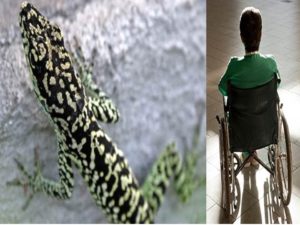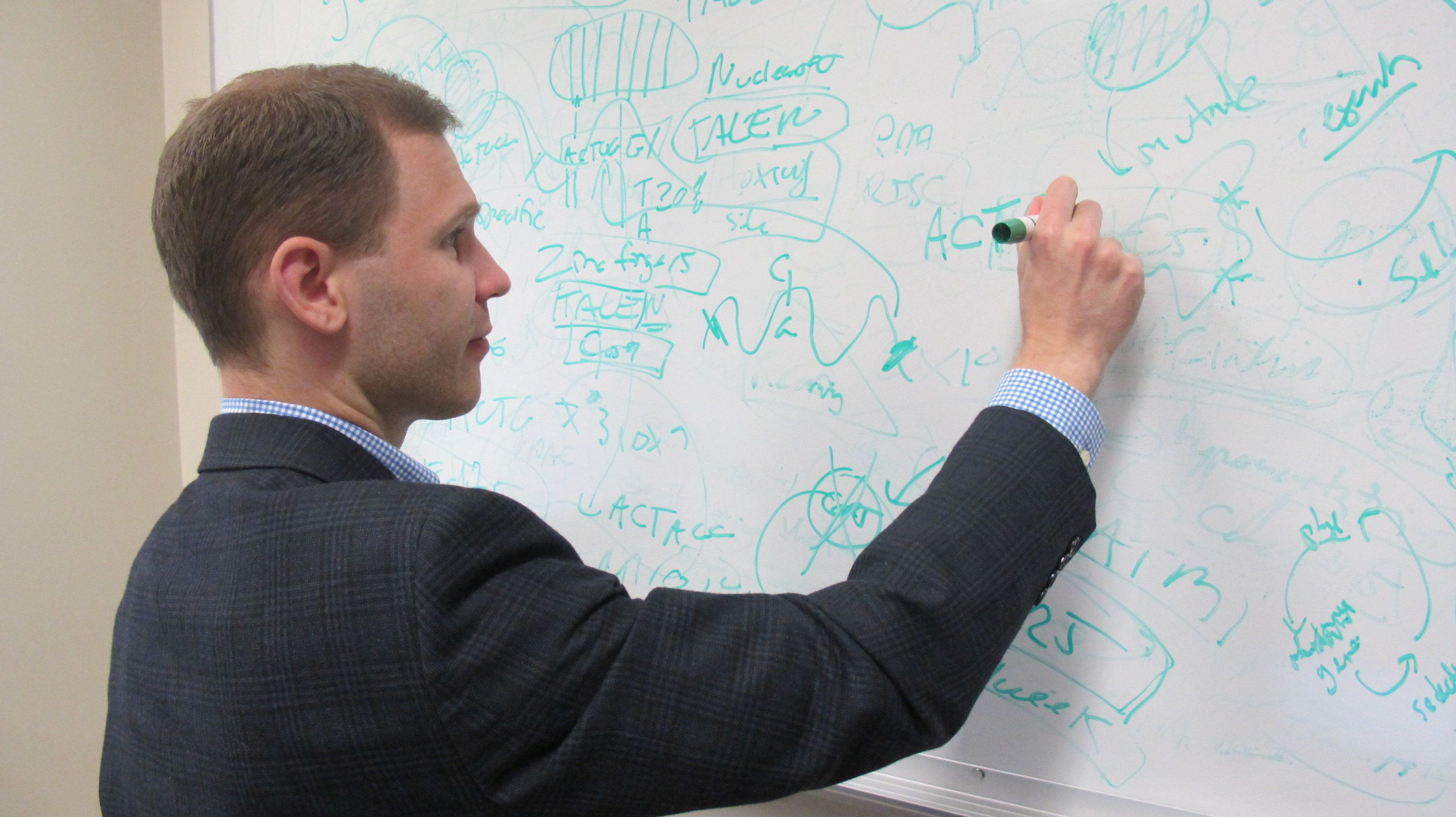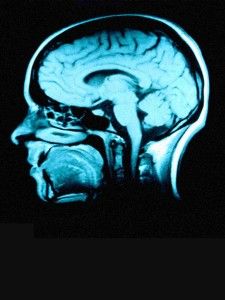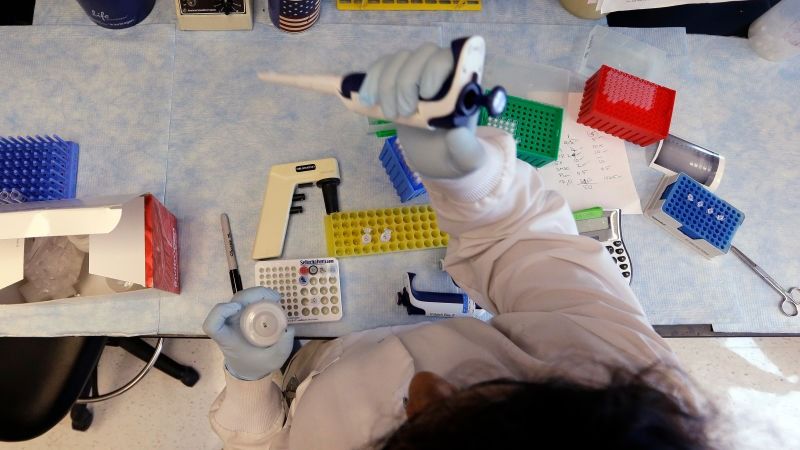
Category: genetics



CRISPR plants won’t be regulated
In a big win for the biotech industry, the US Department of Agriculture says once and for all it won’t regulate plants whose genomes have been altered using gene-editing technology.
Why it’s a field day: The decision means that we could see a boom in newfangled plants from firms like Monsanto, universities, and startups like Calyxt, whose oil-altered soybeans featured in our cover story late last year.
Here’s the logic: The USDA says gene editing is just a (much) faster form of breeding. So long as a genetic alteration could have been bred into a plant, it won’t be regulated. That includes changes that create immunity to disease or natural resistance to crop chemicals, as well as edits to make seeds bigger and heavier. It doesn’t include transgenic plants (those with a gene from a distant species)—those will still be regulated.


Breakthrough brings gene-editing medicine one step closer to patient applications
Imagine a future where a guided biomachine put into your body seeks out defective gene sequences in each cell and edits in the correct information with precision accuracy.
It’s called gene editing, and University of Alberta researchers have just published a game-changing study that promises to bring the technology much closer to therapeutic reality.
“We’ve discovered a way to greatly improve the accuracy of gene-editing technology by replacing the natural guide molecule it uses with a synthetic one called a bridged nucleic acid, or BNA,” said Basil Hubbard, Canada Research Chair in Molecular Therapeutics and an assistant professor in the U of A’s Department of Pharmacology, who led the study.


Scientists Edit Thousands of Genes at Once With Upgraded CRISPR
When the gene-editing technology CRISPR first made a splash back in 2012, it foretold a future in which curing diseases might simply involve snipping out problematic bits of genetic code. Of course, innovation is rarely so straightforward. As incredible as CRISPR is, it also has some pretty sizable flaws to overcome before it can live up to its hype as a veritable cure-all for human disease.
A new study published this week in the journal Nature Genetics tackles one CRISPR complication. CRISPR gene-editing systems can easily cut many pieces of DNA at once, but actually editing all those genes is a lot more time-consuming. Now, scientists at UCLA have come up with a way to edit multiple genes at once.
When scientists use CRISPR for genetic engineering, they are really using a system made up of several parts. CRISPR is a tool taken from bacterial immune systems. When a virus invades, the bacterial immune system sends an enzyme like Cas9 to the virus and chops it up. The bacteria then adds short bits of virus DNA to its own code, so it can recognize that virus quickly in the future. If the virus shows up again, a guide RNA will lead the Cas9 enzyme to the matching place in the virus code, where it again chops it up. In CRISPR, when that cutting is done, scientists can also insert a new bit of code or delete code, to, for example, fix disease-causing genetic mutations in the code before patching it up. But delivering that new code and making the patch is where it can get especially tricky.


Some People Are Their Own Identical Twins, And The Science Behind That Is Fascinating
Take any two cells from your body and there’s a good chance their genetic sequences will be a match. That is, unless you happen to have what’s referred to in the medical literature as a ‘tetragametic chimerism’ – a condition that causes separate fertilised embryos to merge into a single body.
Once thought to be rare among humans, there’s good reason to suspect we might be seeing a lot more of it in the future.
The truth is, nobody is really certain how many humans have cells in their body that once belonged to a sibling.

International conference «Interventions to extend healthspan and lifespan»
Kazan, Russia, April 23–25.
23–25 April 2018 in Kazan (Russia) will be a biogerontological conference with the following main topics:
- Epigenetic mechanisms of aging
- Genomics, metabolomics, proteomics of longevity in humans and animals.
- Environment and aging
- Biomarkers of biological age
- Pharmacological interventions in aging.
- Mechanisms of regeneration.